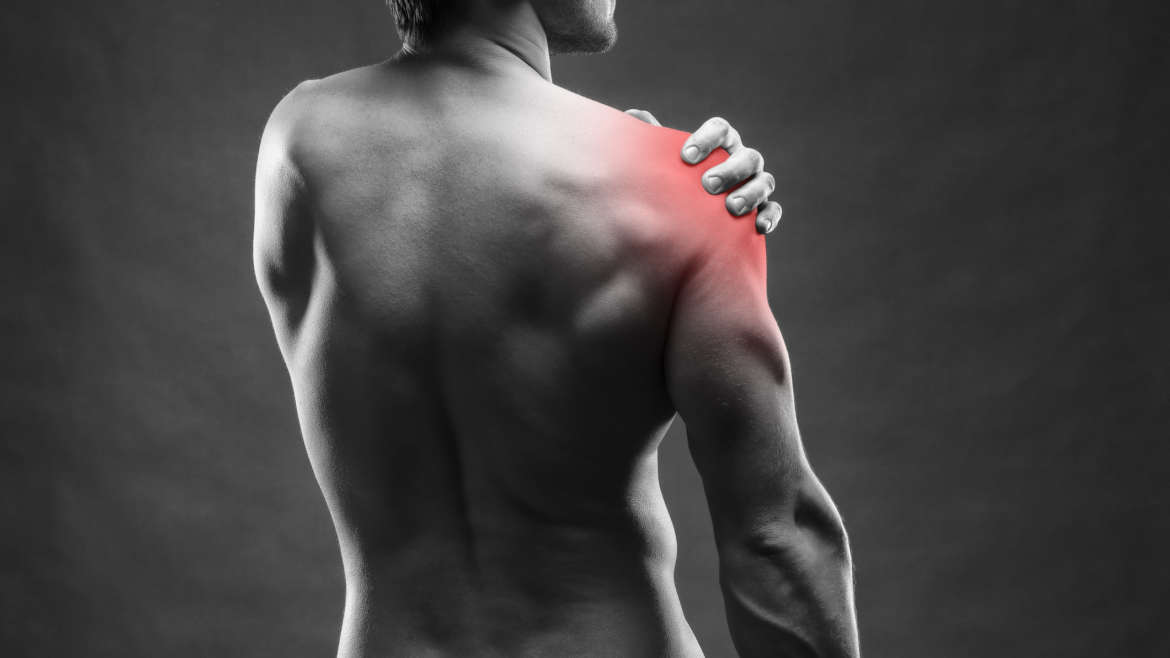When movement becomes restricted and/or painful in the arms and shoulders we can quickly come to realise just how much we rely on them for everyday tasks.
Shoulder problems have become an ever more common occurrence as longer working weeks have developed and postures have become poorer. Whilst posture may be the number one cause of shoulder and arm issues, reduced motion in these areas can be brought about by many other causes, such as: repetitive motion, wear and tear, trauma, dislocation or even a sedentary lifestyle.
There are also are a wide array of conditions that can lead to restricted motion in the arms and shoulders including arthritis, a torn rotator cuff, bursitis shoulder, bicep tendinitis and capsulitis (eg ‘frozen shoulder’).
A massage therapist will be able to both diagnose the underlying cause and, in the majority of instances, treat the condition, with massage serving as just one of the techniques used for improving motion in the shoulders and arms.

Regular massage and improved arm and shoulder motion
Self-massage can temporarily provide limited comfort and relief for painful shoulders, however in order to regain lost motion, professional massages are often an essential.
Two core ranges of motion that affect the shoulder include: flexion and internal rotation. Under normal circumstances, you should be able to stretch your arms over your head (full flexion) as well as be able to fully rotate inwards free from pain. Where you have tight muscles at the back of the shoulders, this can lead to issues at the front and in your biceps.
Massage can overcome this issue, and the associated pain and stiffness, by increasing the blood supply to the muscles throughout the shoulders and arms – effectively feeding the area with oxygen-rich nutrients. Manipulating the arms and shoulders regularly and using a correct massage technique is also important for boosted circulation, reducing inflammation (which in itself can also contribute to restricted movement) and reducing pain.
During your massage you may well feel various lumps and bumps correct themselves under pressure – this sensation is experienced as muscle and tissue adhesions break up, reducing any pain in the process.
A special note on massage for capsulitis (frozen shoulder)
Capsulitis is a complex condition that can demand as long as one to two years of healing time. This condition benefits from many of the same massage techniques as are used for general shoulder and arm restriction. The increased oxygen introduced by massage can help eradicate toxins whilst trigger point therapy can discover the exact location of painful sensations – offering an alternative to medicating for pain relief.
Continued massage treatment
Whilst massage can correct and improve motion in your arms and shoulders, in order to avoid future problems, frequent massage is usually advised, not least because the increased neck and shoulder range of motion can actively prevent further strain.
To make an appointment with one of our qualified massage therapists call 020 8316 5316. We’re open evenings and weekends so you can see us at a time that suits you.



Add Comment